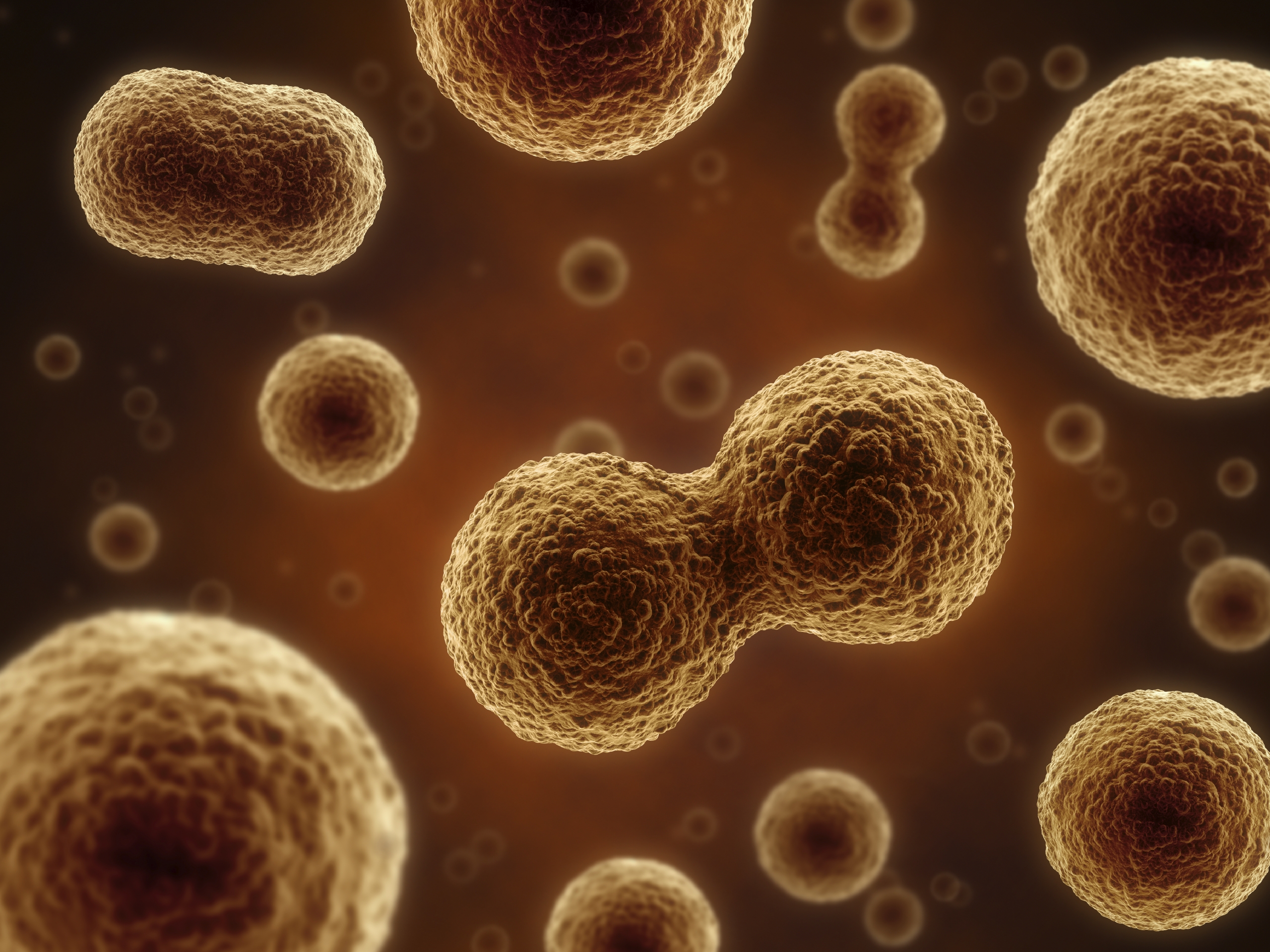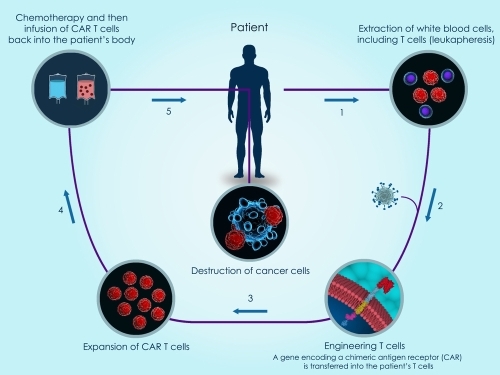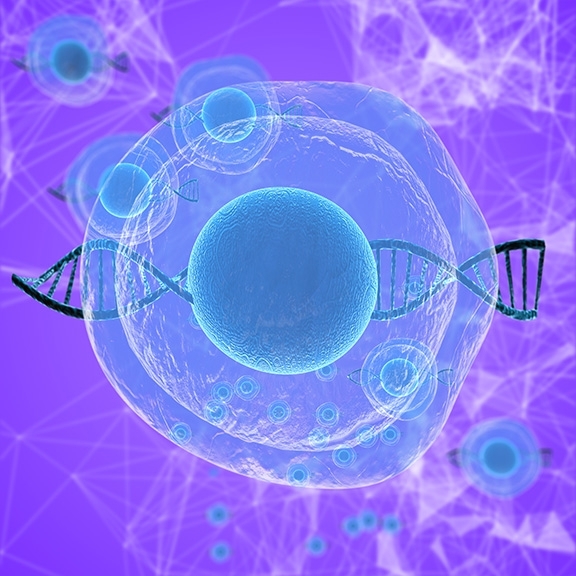
In this series of posts we will be giving tips for developing and improving your own custom electroporation method. Today we will explore Episode 6 - Optimizing Cell Density. Cell density at the time of transfection can significantly affect transfection efficiency. Specifically, if the cells are too dilute or too dense at the time of harvest or the time of transfection, then viability or efficiency may be compromised. Here are some guidelines to help achieve optimal cell densities by cell type.
Read More

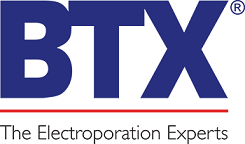
 800-272-2775
800-272-2775
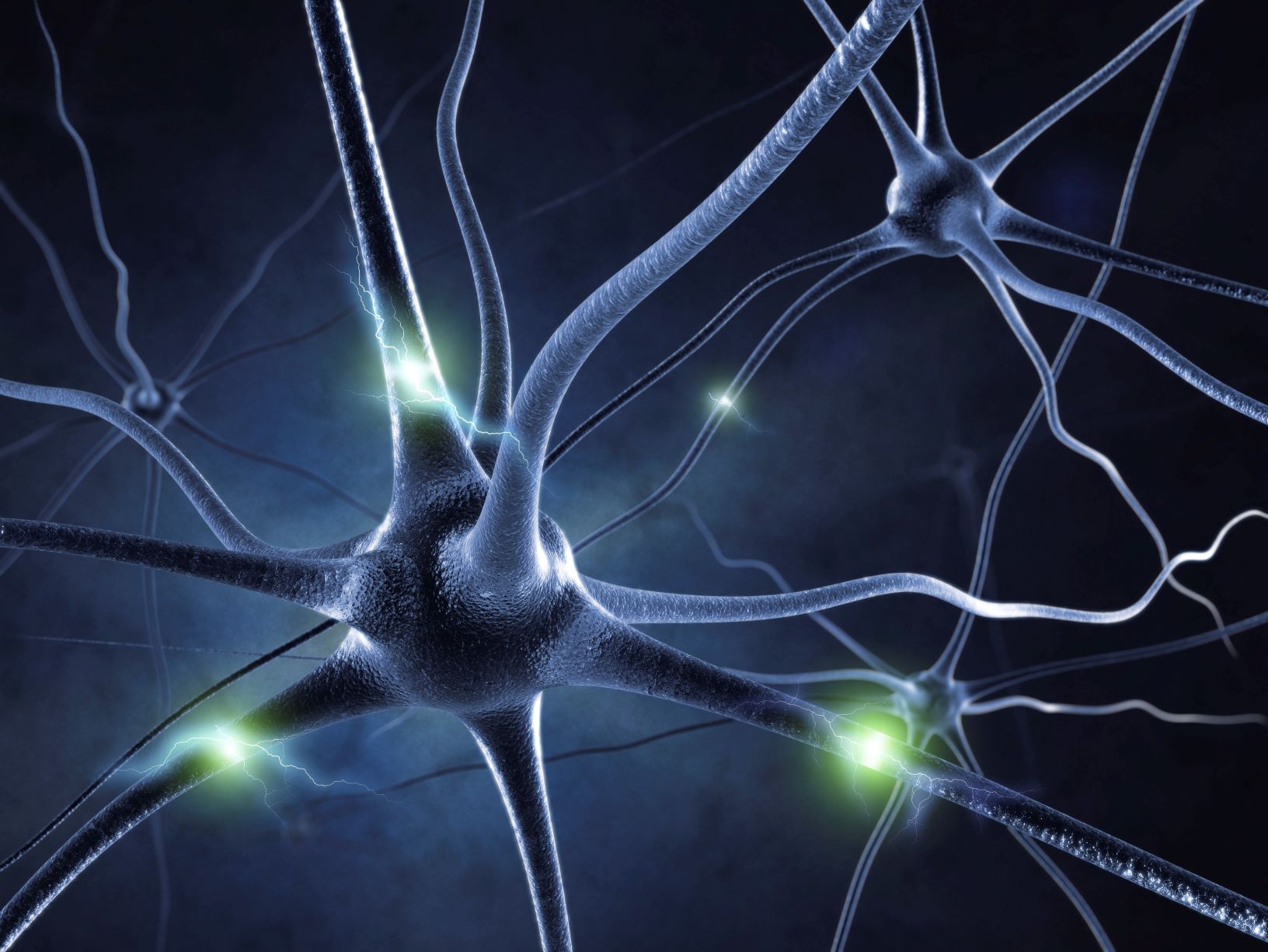
 In this post we will review what organoids are and how they are used to create in vitro models to study organ function and human disease states in three dimensions. We'll cover the topic of organoid transfection via electroporation in more detail. Finally, we will highlight and summarize findings reported by Ogawa et al. 2018. Cell Reports 23, 1220
In this post we will review what organoids are and how they are used to create in vitro models to study organ function and human disease states in three dimensions. We'll cover the topic of organoid transfection via electroporation in more detail. Finally, we will highlight and summarize findings reported by Ogawa et al. 2018. Cell Reports 23, 1220